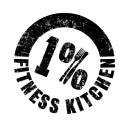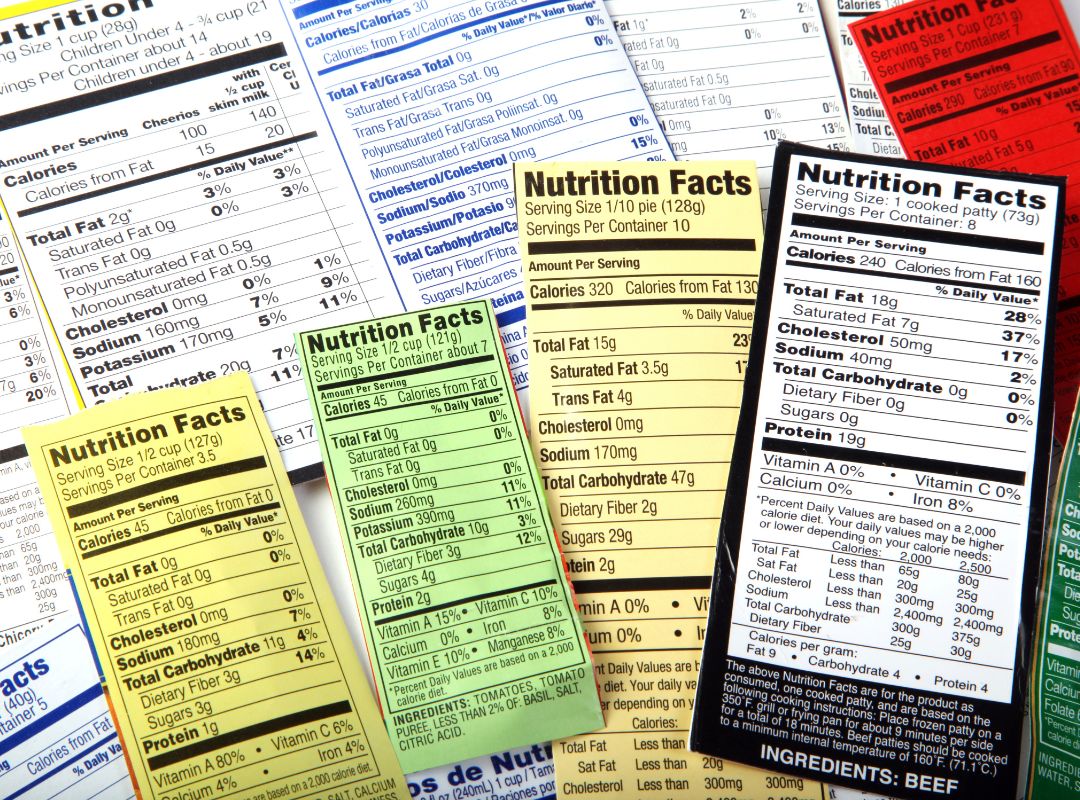When it comes to eating healthy, the secret lies in the small print — the nutrition label.
It's your tool for making informed choices about what you're putting into your body. But with all the numbers, percentages, and terms, it can feel like you need a degree in nutrition to understand it.
We'll break down how to read it and what's important.
Serving Size: The Starting Point First things first: check the serving size and how many servings are in the package. All the information on the label is based on this amount. What we think a serving size is isn't always what's chosen by the company.
Knowing the serving size is crucial because you might be consuming double or triple the servings without realizing it, which means you're also doubling or tripling everything else — the calories, the fat, and the sugar.
Calories Count Right below the serving size, you'll find the calories. This number indicates how much energy you're getting from one serving of the product. If you're watching your weight, this number can be a guide to help you manage your energy intake.
The % Daily Value (%DV) Lowdown The %DV shows how much a nutrient in a serving of the food contributes to your daily diet, based on a 2,000-calorie-a-day diet. A simple rule of thumb is: 5% DV or less of a nutrient per serving is considered low, and 20% DV or more is high.
Ingredients List The ingredients list is like the cast of a play — listed in order of their prominence in the product. This helps you spot undesirable ingredients quickly, such as added sugars, unhealthy fats, and artificial additives.
Added Sugars: The Sneaky Sweet Added sugars are everywhere. The American Heart Association recommends limiting the amount of added sugars you consume to no more than half of your daily discretionary calorie allowance. That's no easy feat, considering how many products add extra sugar.
Fats: The Good and the Not-So-Good Fats are nuanced. While you want to limit saturated and trans fats, mono- and polyunsaturated fats are heart-healthy and beneficial when consumed in moderation. The label will help you distinguish between them.
Allergens and Certifications: They're Important For those with allergies, the label is your map to avoiding the ingredients that can cause you harm. Also, if you're looking for organic or non-GMO products, certifications on the label will guide you to these choices.
General Food Label Advice
Limit Certain Nutrients Now that we've talked about the basics of a food label, let's talk about the nutrients you usually want to limit for better health. Some of the main ones are total fat, saturated fat, trans fat, cholesterol, and sodium. These are linked to adverse health outcomes like heart disease and high blood pressure when consumed in excess. Look for lower percentages of these nutrients on the label.
Nutrients You Should Be Sure You're Getting On the other side, you should also look on food labels for the nutrients you need more of: dietary fiber, vitamin D, calcium, iron, and potassium. These can improve your health and help reduce the risk of chronic diseases. Aim for higher percentages of these nutrients.
Simple is Best The less ingredients that are on the label, the better. This way you can know exactly what you’re consuming and flavors can be more rich and clear. American food in particular often contains extra preservatives and other additives that don’t bring any benefits to your food.
Final Thoughts: Practice Makes Perfect
Reading labels can be overwhelming at first, but with practice, it becomes second nature. Start with one product at a time, and soon, you'll be a label-reading pro, making healthier choices with ease.
Remember, the goal isn't to obsess over every gram and percentage but to empower yourself with knowledge to make healthier choices that fit your lifestyle.
Try out your new label-reading knowledge on one of our meals.
Happy label reading!


